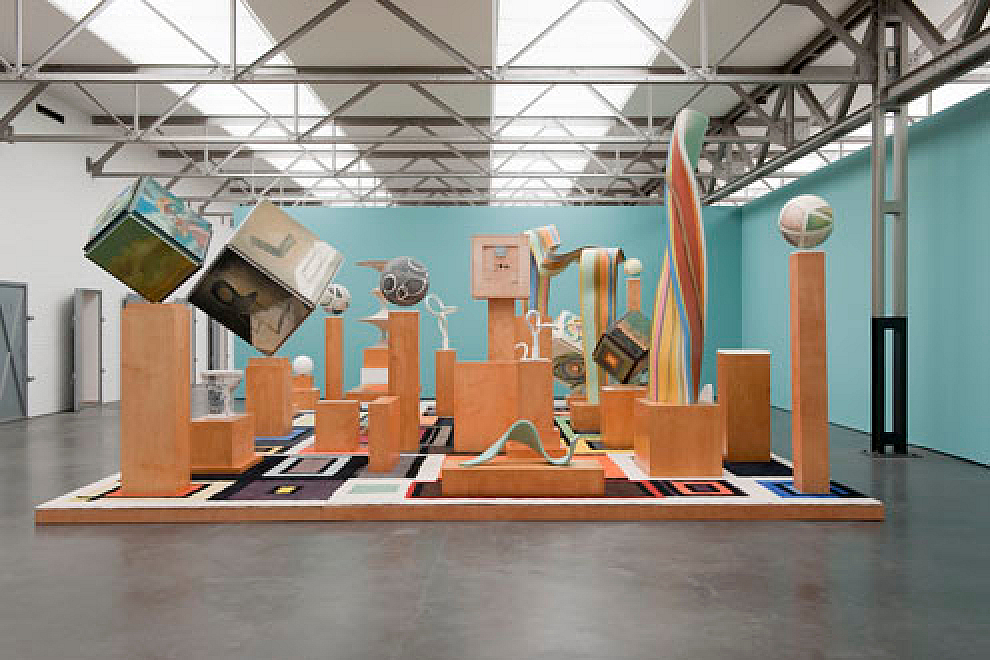Seven years ago, in the autumn of 2002, De Pont Museum held an exhibition mainly comprised of paintings by Anton Henning (Berlin, 1964). This summer the museum is dedicating a presentation to this German artist for a second time. Now his drawings and sculptures will be the main focus.
"Our heads are round so that thought can change direction," Francis Picabia once said. The statement would certainly appeal to Anton Henning. Like his Dadaist predecessor, he is hardly apt to be accused of thinking in straight lines. His art cannot easily be placed in a single category. Henning paints, draws, produces sculptures and installations. Employing a figurative and an abstract language of forms, he makes free use of existing styles and images.
In the exhibited drawings and sculptures, we see the delight with which Henning appropriates all these artistic forms of expression. Their hair, or a bunch of flowers, suddenly whirls into arabesques; we're confronted with floral still lifes that seem not to have any flowers and with interiors so rampant with undulating patterns of lines that these ultimately determine the entire image.
Henning is an artist who attaches as much importance to the creation of a fitting context for his art as to the work itself. In his first exhibition at De Pont, he showed his paintings in combination with lighting elements and furniture that he designed himself: a salon-like setting that made an ironic comment on the museum room as a 'white cube'. At the same time, such installations served as an extra impulse for exploring the third dimension. With striking ease, Henning brings together traditionally separate disciplines and allows them to merge.
A great example is the installation Oasis, which will also be shown at De Pont. The size of this installation from 2007 is determined by a large carpet which has a colorful geometric pattern of various rectangles. These sections mark the locations of a great many pedestals. Some hold nothing; on others we see Henning's sculptures having to compete with each other and with the surroundings. Oasis a Gesamtkunstwerk which brings to mind the achievements of Minimalism and, at the same time, couldn't be more defiant of it. In addition to this, it is a sampling of Henning's sculptures from a period spanning about ten years. Extremes relate to each other and provide the impulse for new beginnings in a body of work where irony and generosity keep each other in balance.
